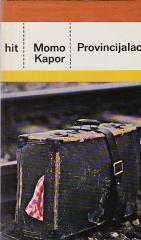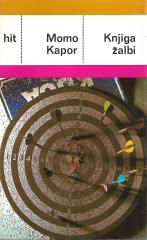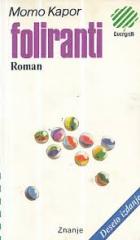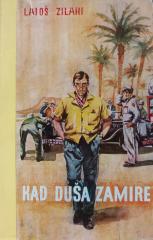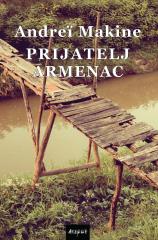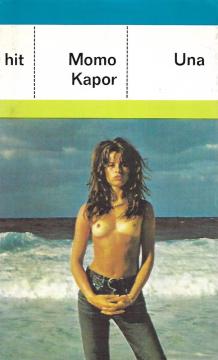
Una: ljubavni roman
The novel Una (1981) is a nostalgic and emotional story about love, loss and growing up in Sarajevo before and during the Second World War. Kapor's style is simple and humorous, with rich descriptions of everyday life, making the story universal and deepl
The main character, Professor Mišel Babić, a middle-aged intellectual trapped in the routine of everyday life, falls in love with his student Una, a young, beautiful and mysterious girl from a wealthy family. Una is a symbol of idealized female beauty and freedom, but at the same time she is deeply unhappy, torn between her absent father, drugs and the search for identity.
The story begins with Babić's first meeting with Una, when his "clock stops", marking the beginning of an obsession that will destroy his career and ideals. Kapor masterfully evokes erotic tensions throughout the novel: scenes in an old elevator full of graffiti, Babić's childhood memories of naked swimmers and Una's seductiveness that shocks and attracts. Una, addicted to Babić's admiration, becomes manipulative when she feels she is losing him, which leads to an emotional breakdown.
The climax takes place in a monastery, where Babić, Una and the young monk Pavle spend the night due to the fog. At dinner, Una hypnotically seduces the monk, provoking envy and internal struggles in everyone. In the room, an intimate moment between Babić and Una reveals her fantasy of a monk, as he prays against temptation. This scene symbolizes the conflict between passion and spirituality.
The novel ends with a reflection on the consequences: Babić's downfall is attributed to Una, and their "heart attacks" metaphorically represent the separation of personalities due to unfulfilled desires. Kapor's style, simple and warm, combines humor, irony and deep empathy, creating a universal story about the transience of youth and the power of memory. The novel is not only a love story, but also an ode to Sarajevo and its spirit, and a reflection on the losses that time brings.
Andelka Cvijić wrote, among other things, this about the novel UNA: "... Professional, and therefore life, the collapse of a man at the peak of his scientific career, caused by human envy and rivalry and carried out in the darkest way, by blackmailing an immature man who he once sinned in his youthful folly, but now, caught in a tapestry, he must point out, is the literary material from which Kapor created a powerful social novel, the likes of which has hardly appeared in our country." ("Politika Ekspres", Belgrade). In the meantime, director Miša Radivojević made a film of the same name based on the novel by UNA, produced by »Film danas«.
No copies available
The last copy was sold recently.
